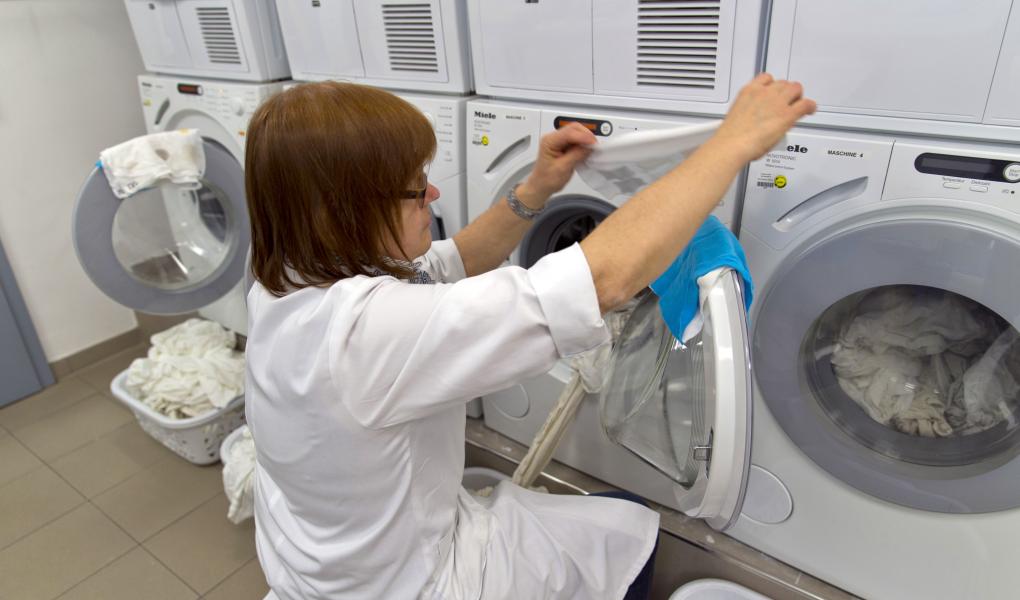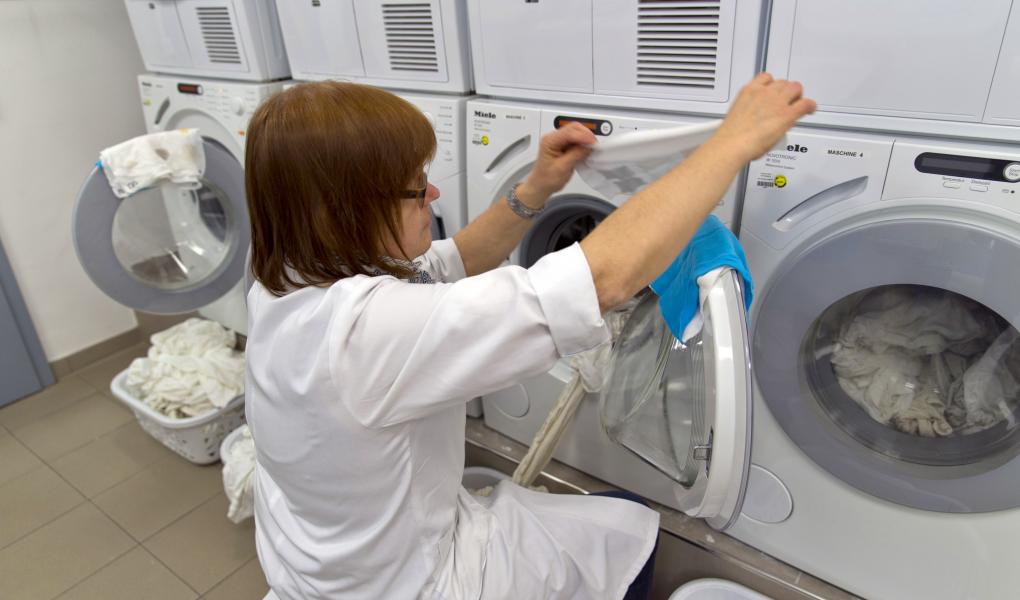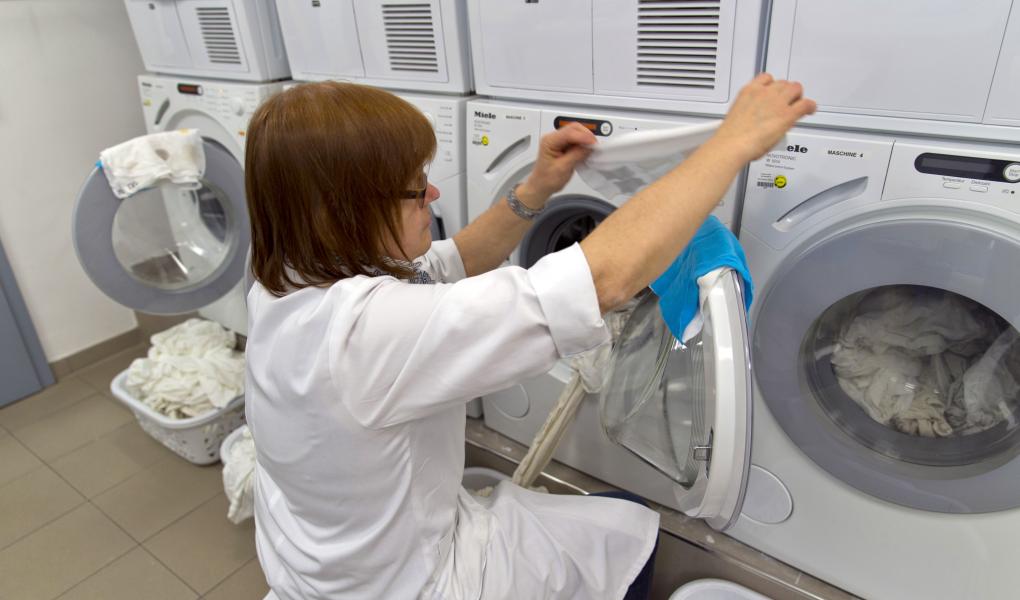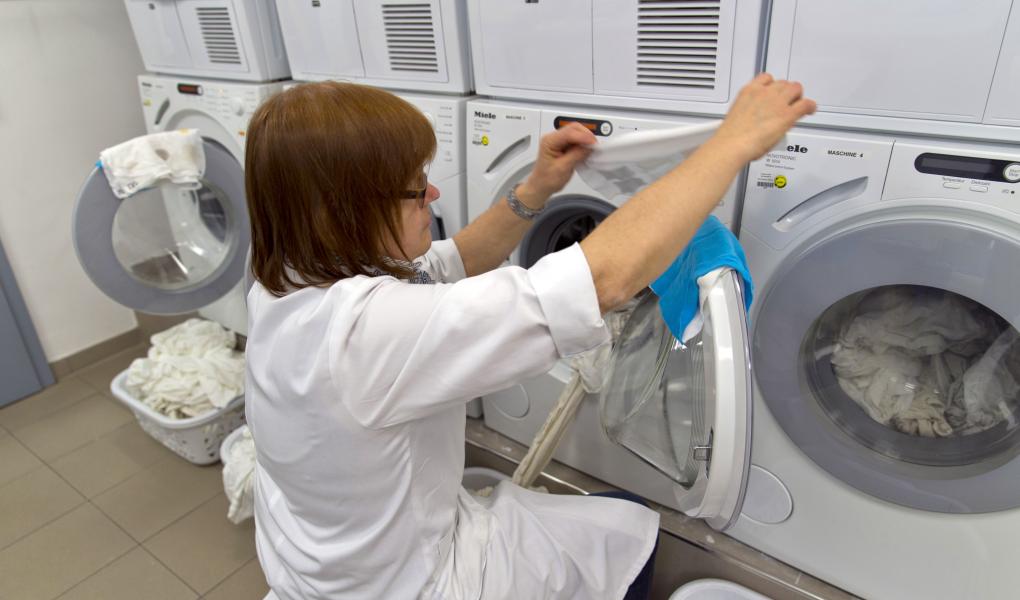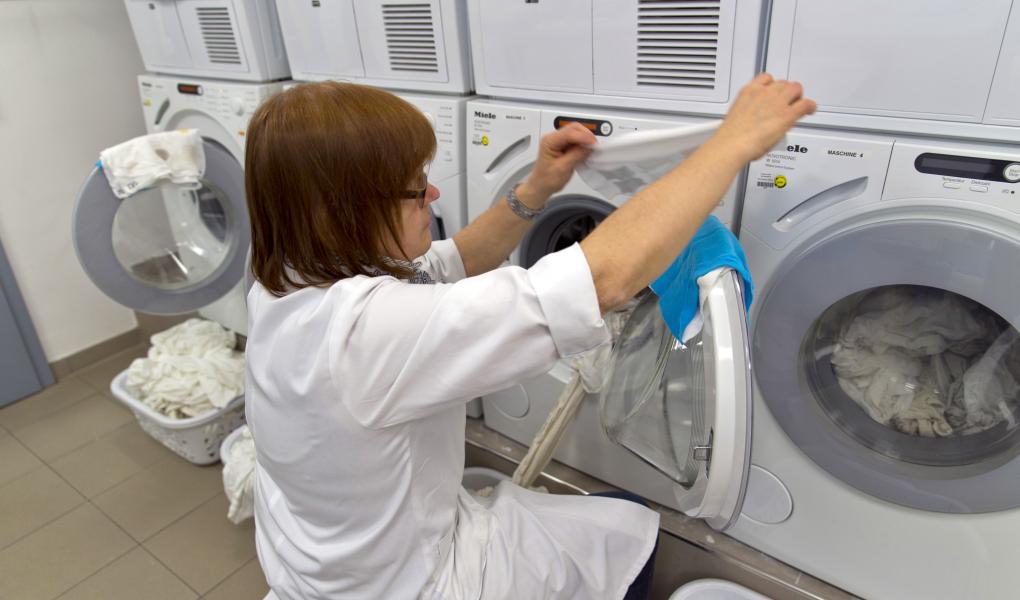A comparative laboratory test of liquid detergents available on the Danish market for coloured clothes was carried out by Testfakta on behalf of Unilever.
The test was performed in accordance with the European industry association AISE’s recommendations and consisted of two overarching components: a test of the detergents’ washing ability and a test of their colour-protection properties. All test components were performed at a temperature of 40 degrees Celsius and in moderately hard water (15 dH). The detergent was dosed based on the recommended amounts for normally soiled clothes.
Cleaning ability
The cleaning ability was tested on a total of 26 different types of stains, which can be divided into four categories based on their composition: fat-based, bleachable, protein-based and special stains.- Fat-based stains include make-up, engine oil, cooking fat, lipstick and mascara.
- Bleachable stains include tea, coffee, fruit juice, red wine, tomato paste, curry powder, white tea, grape juice and grass and mud.
- Protein-based stains include grass, chocolate, mustard, carrot, blood, ice cream, cocoa powder and mayonnaise.
- Special stains include red and brown silica sand, clay and potting soil.
Colour protection properties
The test of the detergents’ colour protection properties consisted of two aspects:- How well the detergent retained the specific shade of colour. Fourteen different shades (colours) of cotton and polyamide samples were evaluated.
- How well the detergent counteracted discolouration. The discolouration of four different colours of cotton and polyamide samples was evaluated.

